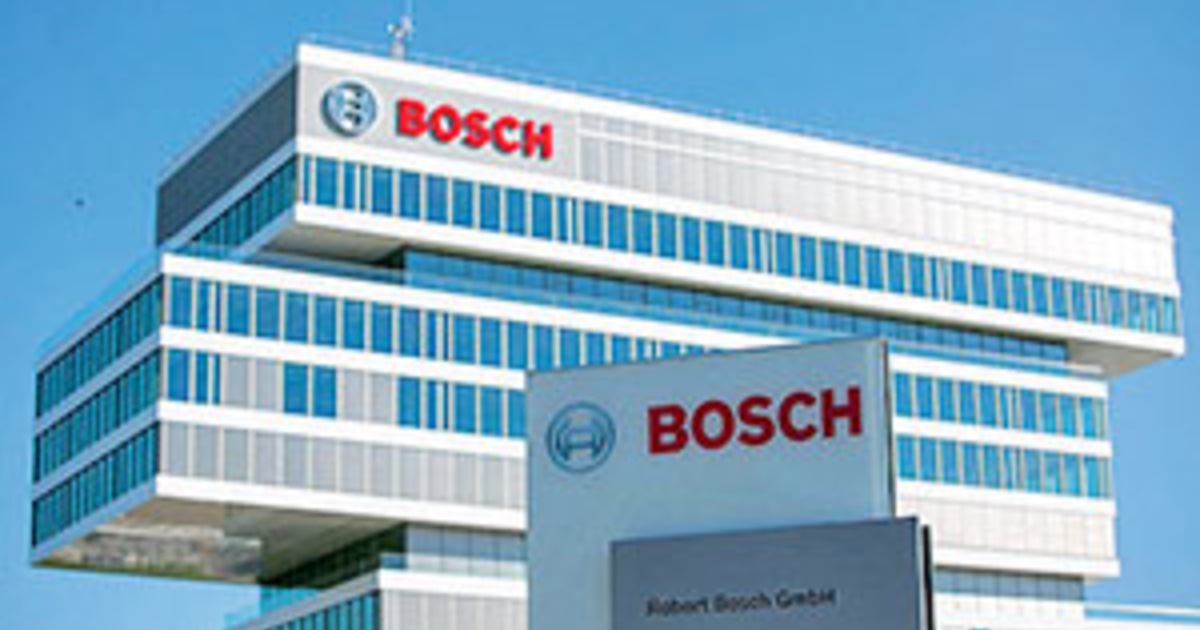
CHARLESTON, S.C. — German supplier Robert Bosch is in the midst of transforming a portion of its factory to build electric motors and other components for electrification as part of a $260 million investment.
The project will require Bosch to build flexible lines that can support e-motor configurations that vary from customer to customer. Doing that requires the use of artificial intelligence — along with a healthy dose of good, old-fashioned trust between Bosch and the automakers it sells to, said Li Jiang, Bosch’s head of engineering for eMotor & eAxle, North America.
Jiang, 40, a 2015 Automotive News Rising Star, spoke with Staff Reporter John Irwin at the Bosch Charleston plant in late October about the company’s thinking. Here are edited excerpts.
Q: How is Bosch using AI in the e-motor design and production process?
A: We have a design approach where we aren’t defining exactly what the product is. But we are defining the fundamental technology package that will be included in the product, whatever the design ends up being. That’s reflected in the manufacturing line setup. It gives us enough flexibility on design to meet a customer’s key performance metrics.
Design is where the artificial intelligence can come in. We’ll do different designs, and in-house tools that we developed, coupled with AI, help us to pick the optimal design to meet customers’ key performance metrics. It will help us reduce the number of design iterations, which ultimately accelerates the development process. The development cycle in this space is much faster than what we’ve seen in the past.
What are some of the key performance indicators that automakers are looking for?
Different customers can focus on different KPIs, but efficiency is really important in a BEV.
Cost and the performance are important, meaning how much torque or power this delivers as part of the power density. And obviously, everybody would like to have a compact device.
How do you ensure Bosch can produce high-tech e-motors on a shared line to different customers’ specifications?
Close collaboration between a supplier like us and the OEM is extremely important. When measuring an EV’s efficiency, the motor is only part of the equation. There are so many things along the way that will ultimately impact efficiency.
We have a common goal to launch a quality part. We cannot sacrifice quality for speed, so we look at how can we accelerate and have closer and more transparent cooperation with our customer, to co-develop the end product and put a good product into the market.